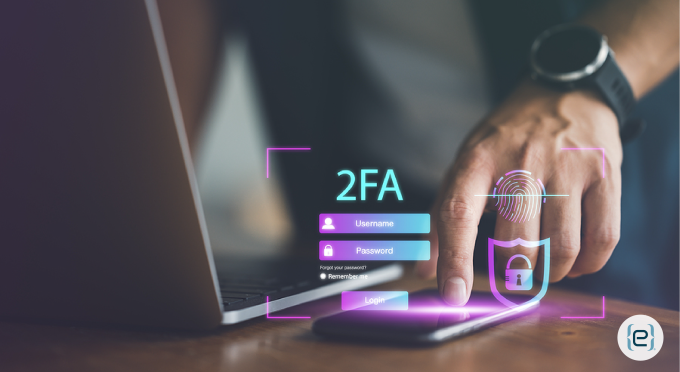Client demand for flat-rate billing is on the upswing while lucrative corporate and M&A engagements are declining — and law firms, unsurprisingly, are seeking more ways to offset revenue declines with cost reductions. One solution may be to increase law firm technology, which tends to have a deflationary effect on costs.
Technology can also transform how lawyers work, from improving collaboration with colleagues and clients to giving them the ability to work seamlessly, regardless of where they are. For example, law firms already no longer have to store dozens of legal documents in thick binders that need to be dragged from one meeting to another.
From streamlining the way they engage in research to conducting virtual depositions with Teams or Zoom, legal professionals are working with IT support services providers to leverage the power of cloud-based and other solutions. They efficiently collect and produce information, reduce litigation costs, and streamline workflows.
A series of ongoing law firm technology innovations may yield additional cost savings by automating tedious manual tasks. One package, for example, LegalSifter, offers a variety of modules that utilize artificial intelligence to find and analyze information buried in the text of contract documents. Another, iManage, can boost productivity with document and email management by creating a single, searchable view of all the relevant communications a project needs. Simultaneously, LegalSifter can protect sensitive information while harnessing AI and contextual search to quickly highlight insights from large volumes of documents, contracts, and business communications.
Another package, Litera, offers a variety of modules, including Compare, which highlights changes made between two versions of a document, spreadsheet, presentation, or PDF. Additionally, Metadact instantly compares complex documents and flags unintended distribution of content to third parties, and prevents unintended metadata exposure.

These and other software and server-based packages can also deliver broader operational efficiency since firms no longer have to dedicate as many resources to basic IT maintenance tasks as patching and firmware upgrades. They can also help raise the bar on efficiency by giving legal professionals the ability to quickly identify and gather documents and emails by client or by matter, enhancing their ability to research and collaborate with peers safely and securely. And because they are generally browser- and device-agnostic, lawyers and others can access the tools regardless of where they are working from, a feature that’s increasingly important at a time when more people are moving to a hybrid or fully remote work model. Also, adding MFA on top of that will make the seamless workflow secure.
In today’s ‘get more done with fewer resources’ atmosphere — where lawyers and their firms are increasingly asked to collaborate with clients’ in-house legal and other advisors — legal issues are no longer stand-alone matters. Instead, they are bundled with such ancillary issues as legal service delivery and workflow. Clients, therefore, expect their outside counsel to provide holistic solutions while keeping a lid on billings. Technology can help law firms accomplish this while continuing to thrive professionally and economically.







